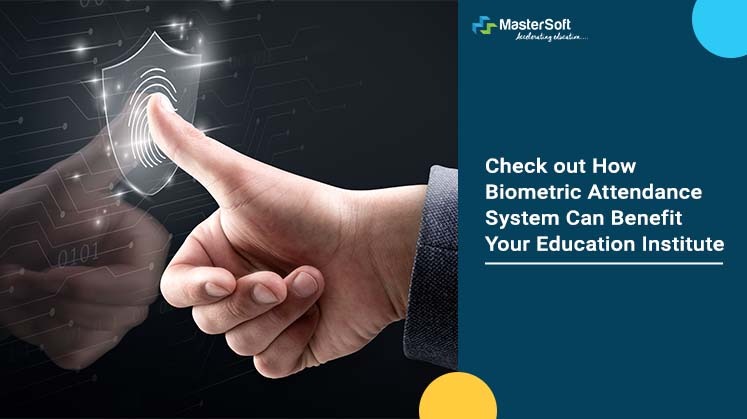Check out How Biometric Attendance System Can Benefit Your Education Institute

Learn How a Biometric Attendance System Can Help Your Educational Institution
Organizations across different sectors have successfully integrated technology to optimize most of their time-consuming operations. For instance, according to the traditional method, the employees of a particular company were required to manually make their entry into the register. Then at the beginning of every month, the admin needs to go through the entire month’s Biometric Attendance System individually and count the total number of days he attended the office.
After that, loss of pay is calculated according to the number of working days, and any leaves that the employee might have taken. Evidently, the entire process takes a lot of time, and the admin needs to ensure no errors are made. If any mistake occurs, it could affect the salary of a particular employee leading to further issues. Similarly, in educational institutes, students respond to name calls conducted by the teacher in a traditional classroom setting.
But when classes are carried out remotely, online attendance is the only method to keep a record of students who attended the classes and who were absent. However, without an accurate and well-structured attendance system, students can take advantage of the situation. Hence, the institutes need to avail a system that can verify the identity of the students through a smart, AI-powered mechanism.
Let us take a look at a few benefits of the Biometric attendance system:
Accuracy
As opposed to a manual attendance system, the biometric one ensure increased accuracy. Students need to place their fingers on a reliable biometric device, which enables them to record the exact time (hour, minute, second, and microsecond). Moreover, institutes can use the same system to conduct the attendance of both students and staff.
The system helps to record the attendance of the staff accurately, which eventually helps to provide the essential data. Furthermore, this data is significant to make calculations as per the payment module.
Moreover, as the biometric measures cannot be duplicated or altered, attendance can be maintained in terms of accuracy. With the biometric attendance system, the institute will be able to check :
- Check-in and check-out times
- Classes attended
- Late attendance
- Leaves
Eliminates malpractices
Plenty of times teachers have encountered students attempting to get away with being absent through proxy attendance. Be it in regular online classes or exams, instead of the registered students, their friends or acquaintance take the test. In the traditional method, fake or proxy attendance is a major problem, and one of the best ways to overcome the issue is by implementing an automated attendance management system.
The biometric system ensures to alert the school or college system by sending out alerts whenever the fingerprints or eye scan does not match. Therefore, only the right candidates get to attend the class or take the scheduled test.
Saves time
The traditional method usually takes 9 to 10 minutes to complete the attendance roll call. On the other hand, the system takes reduced time to complete the process. Consequently, this saves a lot of time for teachers and students, wherein they get the opportunity to focus on learning.
Similarly, the administrative department would not require to spend an extended time on students’ attendance before the exams as the system enables them to identify whether the students meet the minimum attendance requirement.
Enhanced security
Be it offline or online class, the system ensures that only authorized students can enter the class. Any unauthorized person trying to enter the class will automatically send an alert or message, thereby locking them out.
Protects the privacy
Protecting student-related information is the primary duty of the institute, and the biometric system aids in this endeavor. Additionally, integrating the system with ERP solutions makes sure to store the data efficiently. Also, it protects the identity and privacy of students and staff by prohibiting any unauthorized access.


